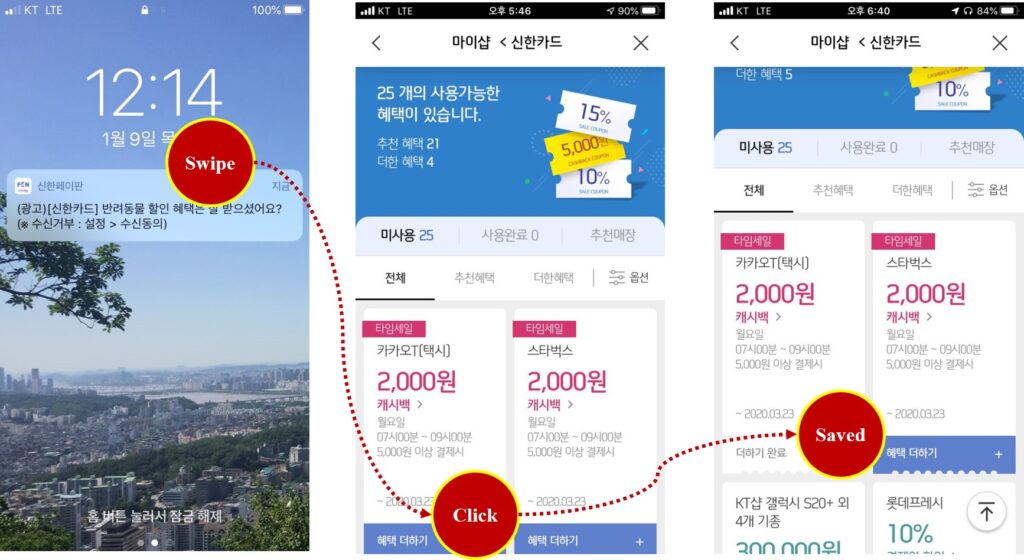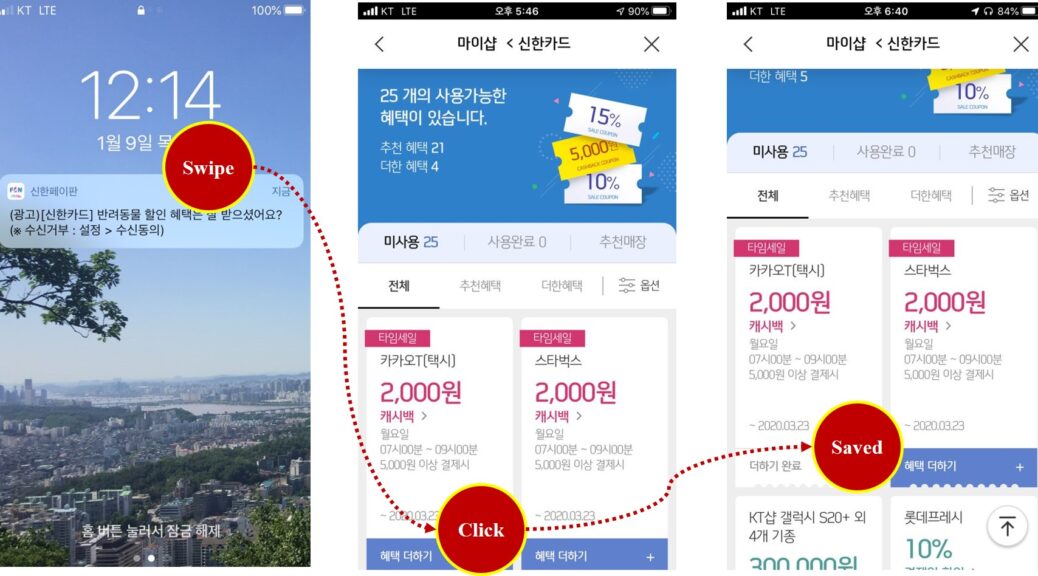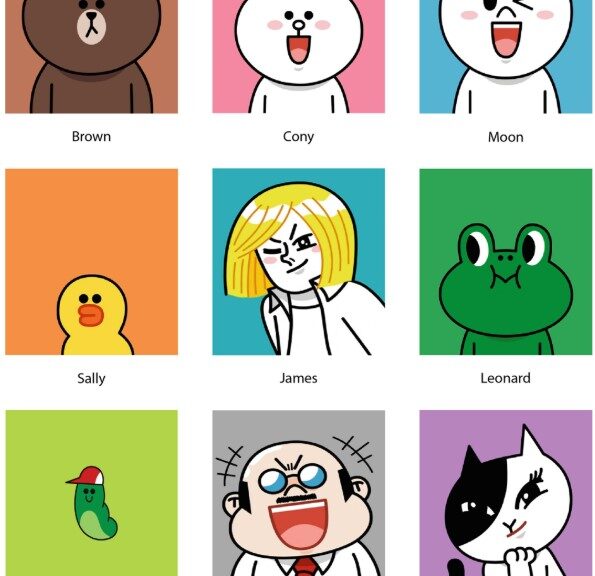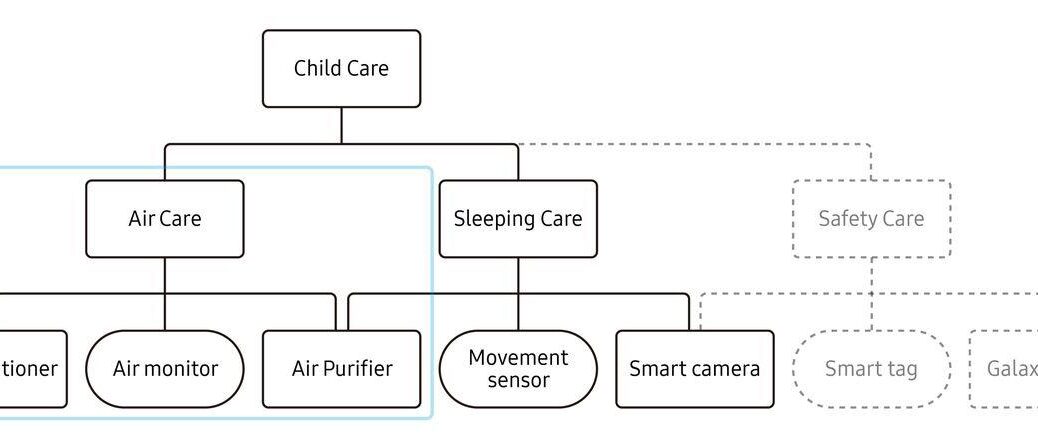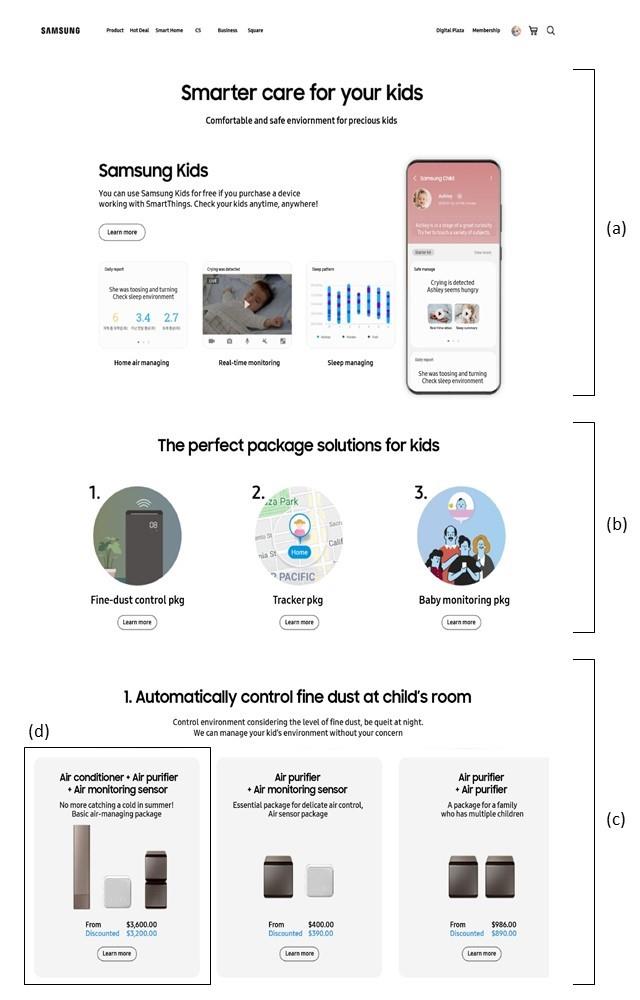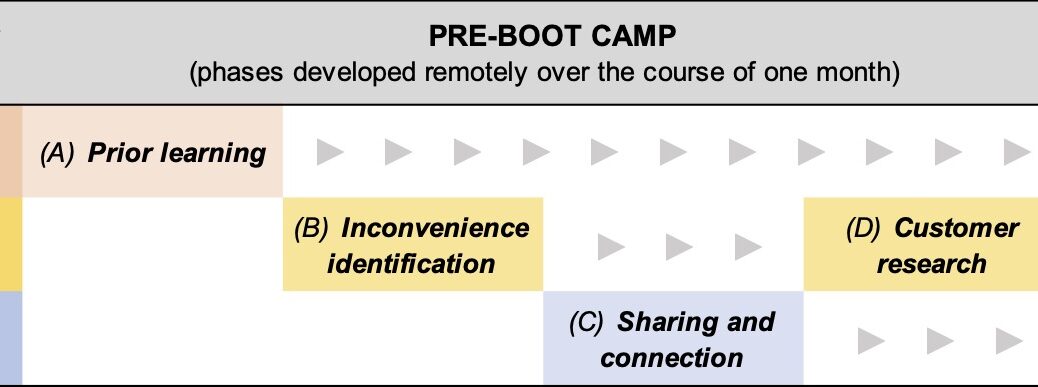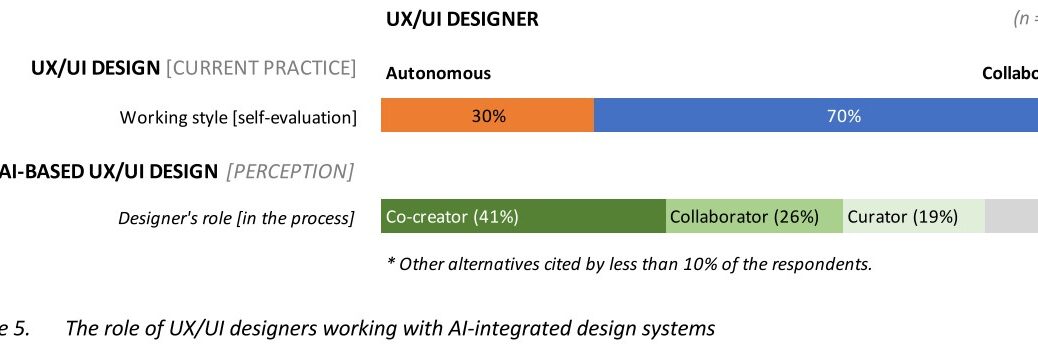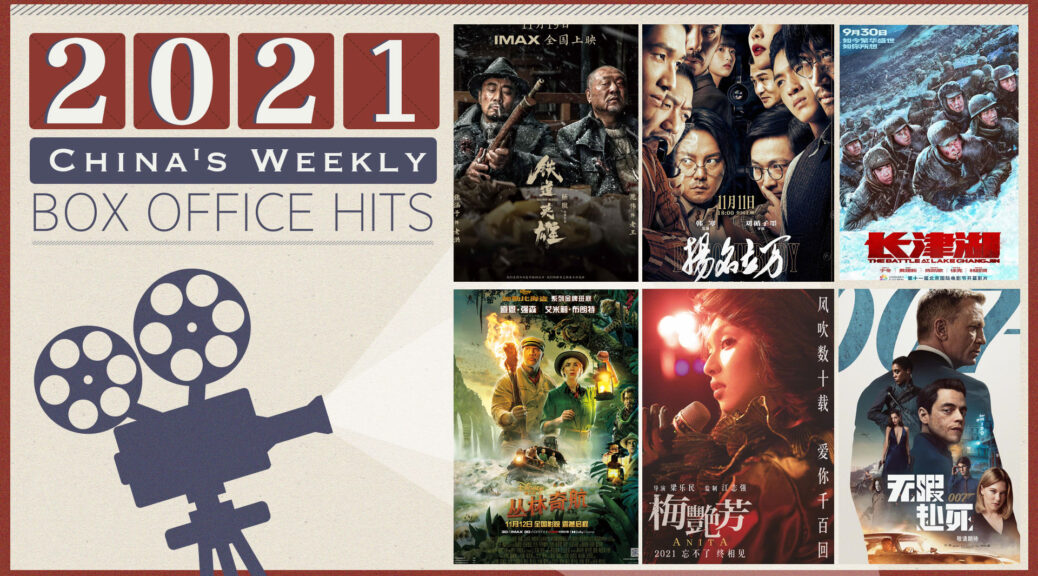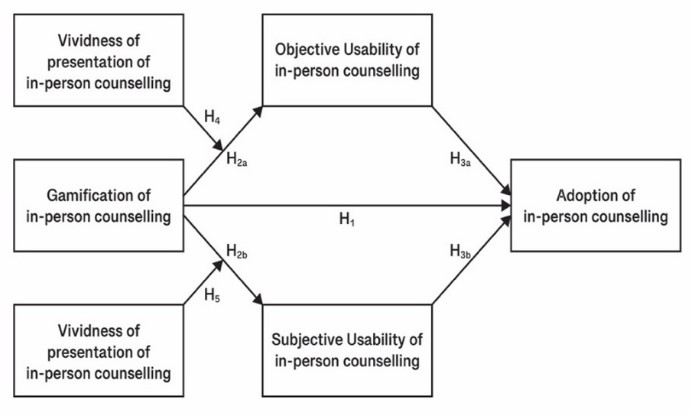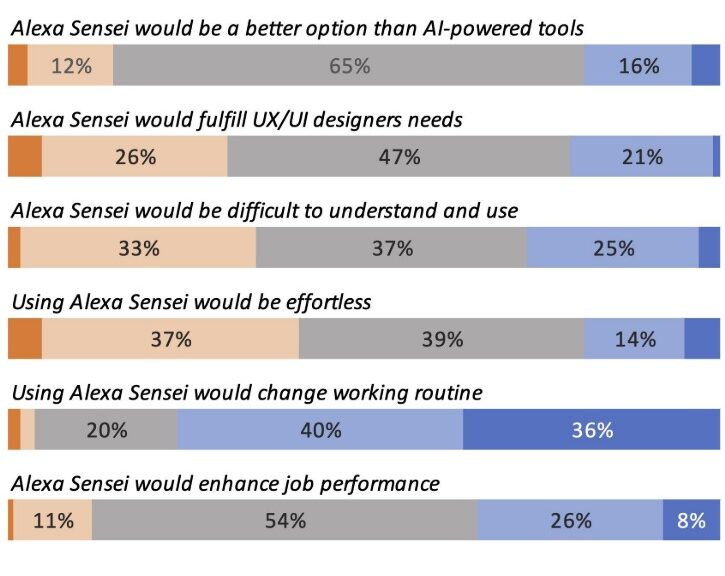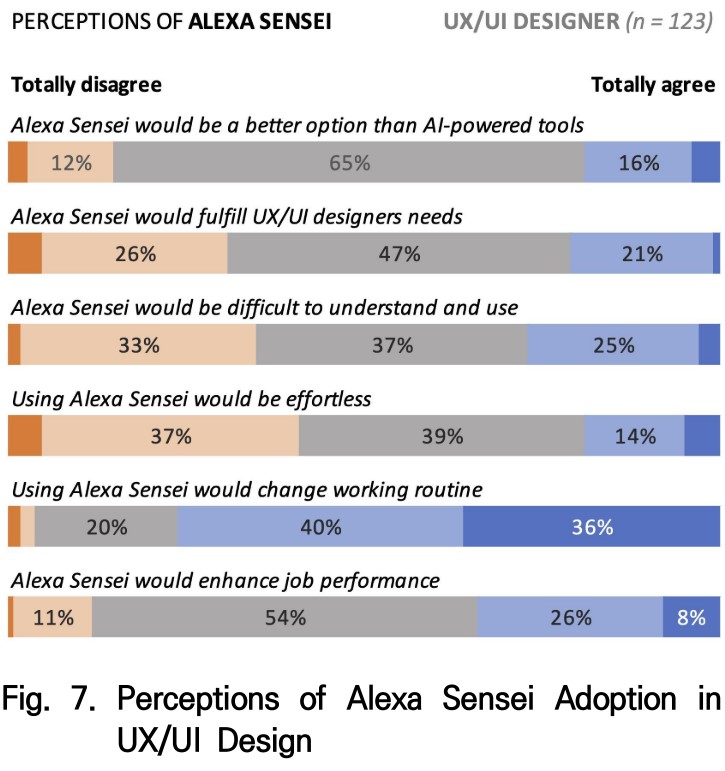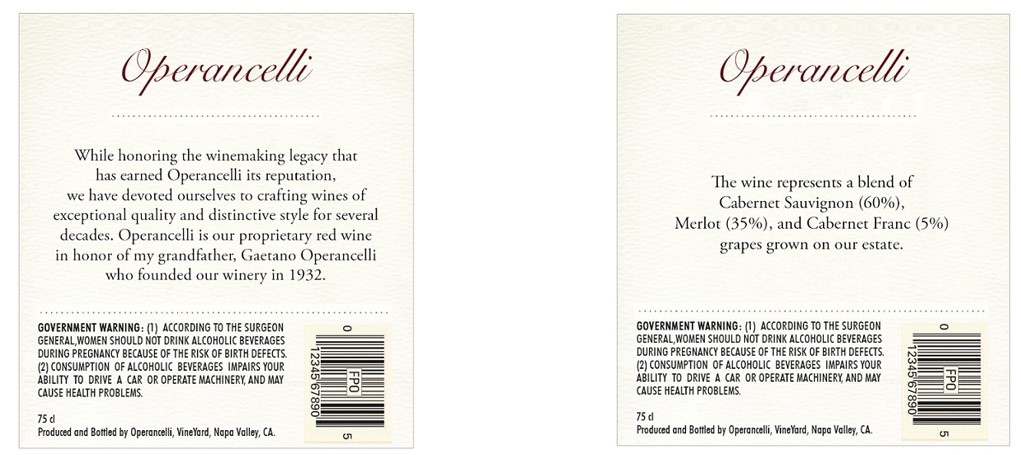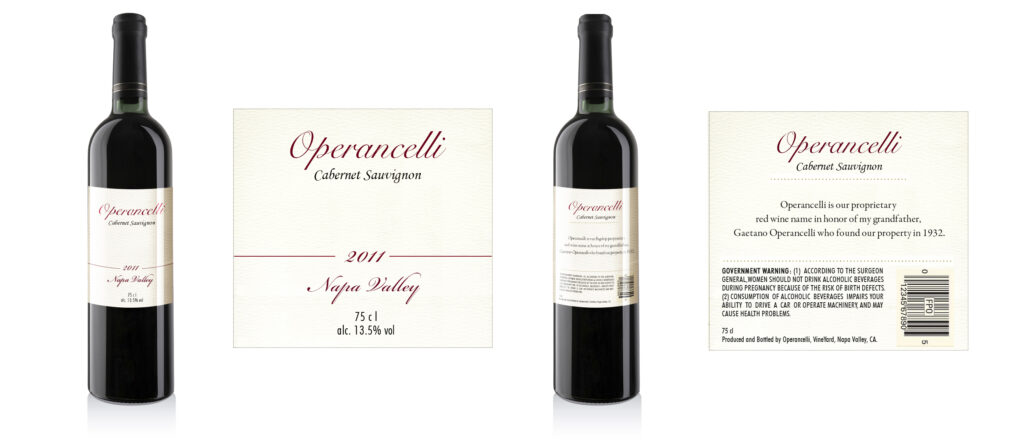
Chu, W., & Joo, J. (2024). Targeting effectiveness of mobile coupons: from exposure to purchase. Journal of Marketing Analytics, 12, 342-354.
Abstract
This research examines the effectiveness of traffic-boosting mobile coupons through a randomized field experiment of over half a million South Korean consumers. The research question analyzes the effectiveness of the content (six message types) and context (three days out of the week for coupon distribution) of mobile coupons on response-to-coupon, store visits, and purchase amount for a health and beauty retail chain. Big data on individual customers, gathered from a field experiment, was analyzed through bivariate probit, mediation analysis, and tobit regression. The results show that message content affects store visits, which was fully mediated through response-to-coupon. In particular, messages that “made the amount of discount salient” and “formed a personal connection” were more effective than other messages. In terms of context, messages sent during the weekdays were more effective in increasing store visit, than those sent during the weekend.
Keywords
Mobile promotion · Mobile coupon · Message content · Message context · Coupon distribution · Field experiment
Acknowledgements
We would like to express our deep gratitude to Hyojung Kim, Sul Namgoong, and Joongjae Lee at Shinhan Card for their assistance with the collection of our data.
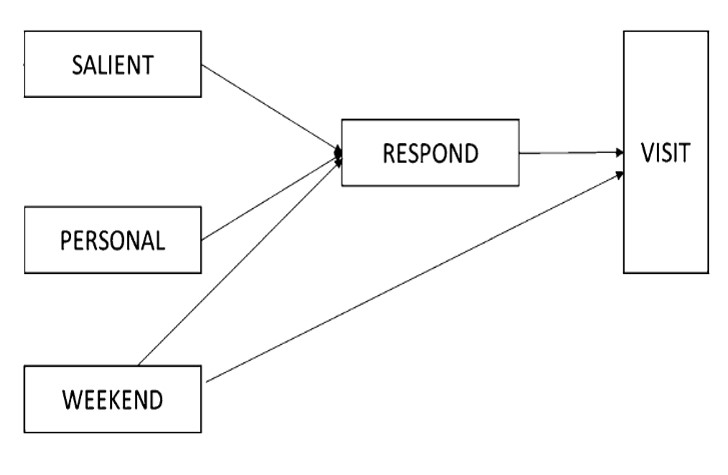
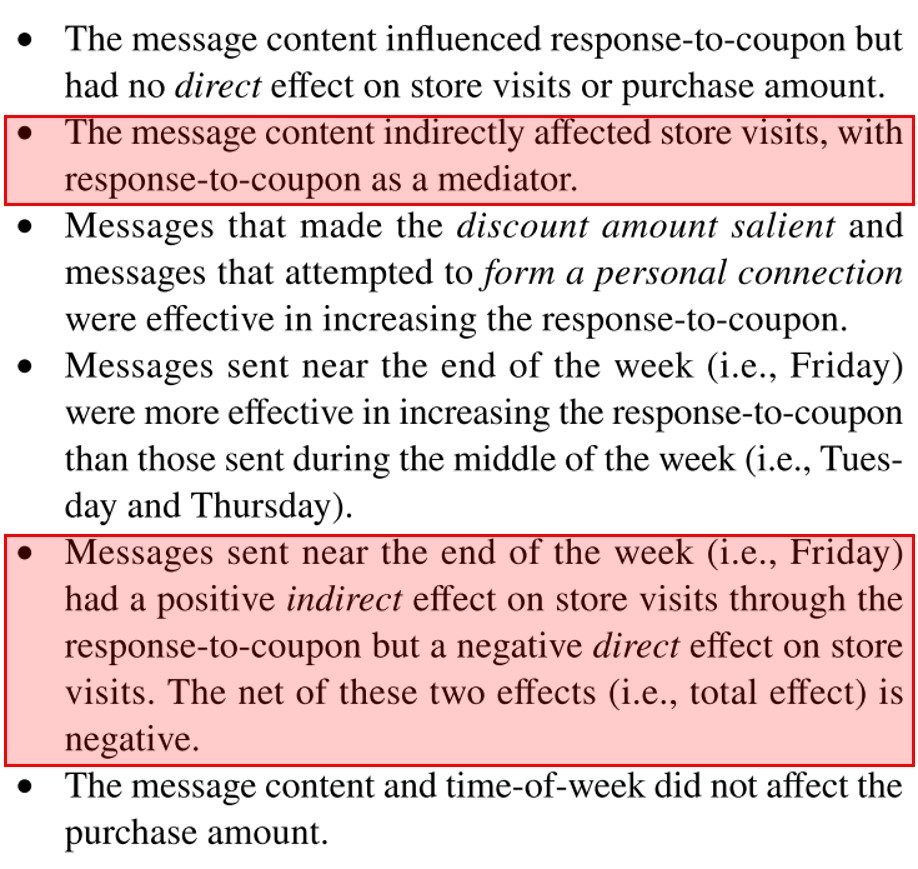
Please see the case study in Korean language here
